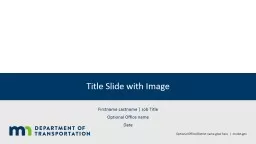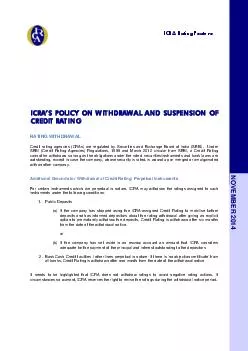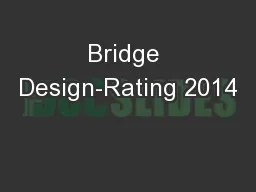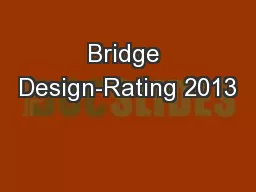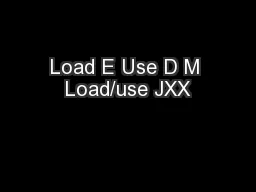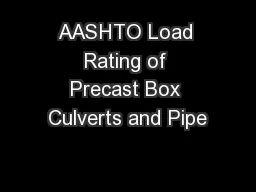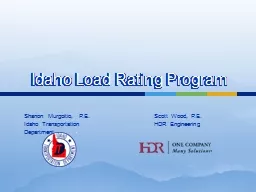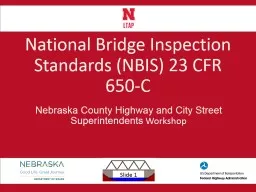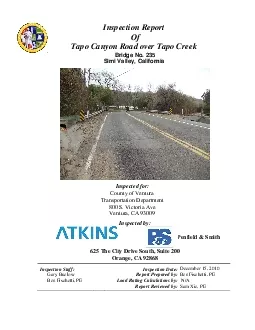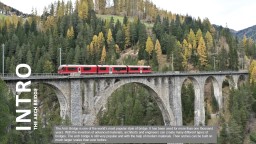PPT-Bridge Load Rating 1 Outline
Author : liane-varnes | Published Date : 2019-03-20
What is bridge load rating Purpose of load rating Who is qualified Load rating methods Live Loads What should be load rated Reasons for reload rating Federal
Presentation Embed Code
Download Presentation
Download Presentation The PPT/PDF document "Bridge Load Rating 1 Outline" is the property of its rightful owner. Permission is granted to download and print the materials on this website for personal, non-commercial use only, and to display it on your personal computer provided you do not modify the materials and that you retain all copyright notices contained in the materials. By downloading content from our website, you accept the terms of this agreement.
Bridge Load Rating 1 Outline: Transcript
Download Rules Of Document
"Bridge Load Rating 1 Outline"The content belongs to its owner. You may download and print it for personal use, without modification, and keep all copyright notices. By downloading, you agree to these terms.
Related Documents

